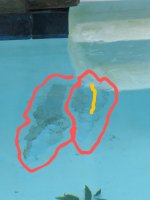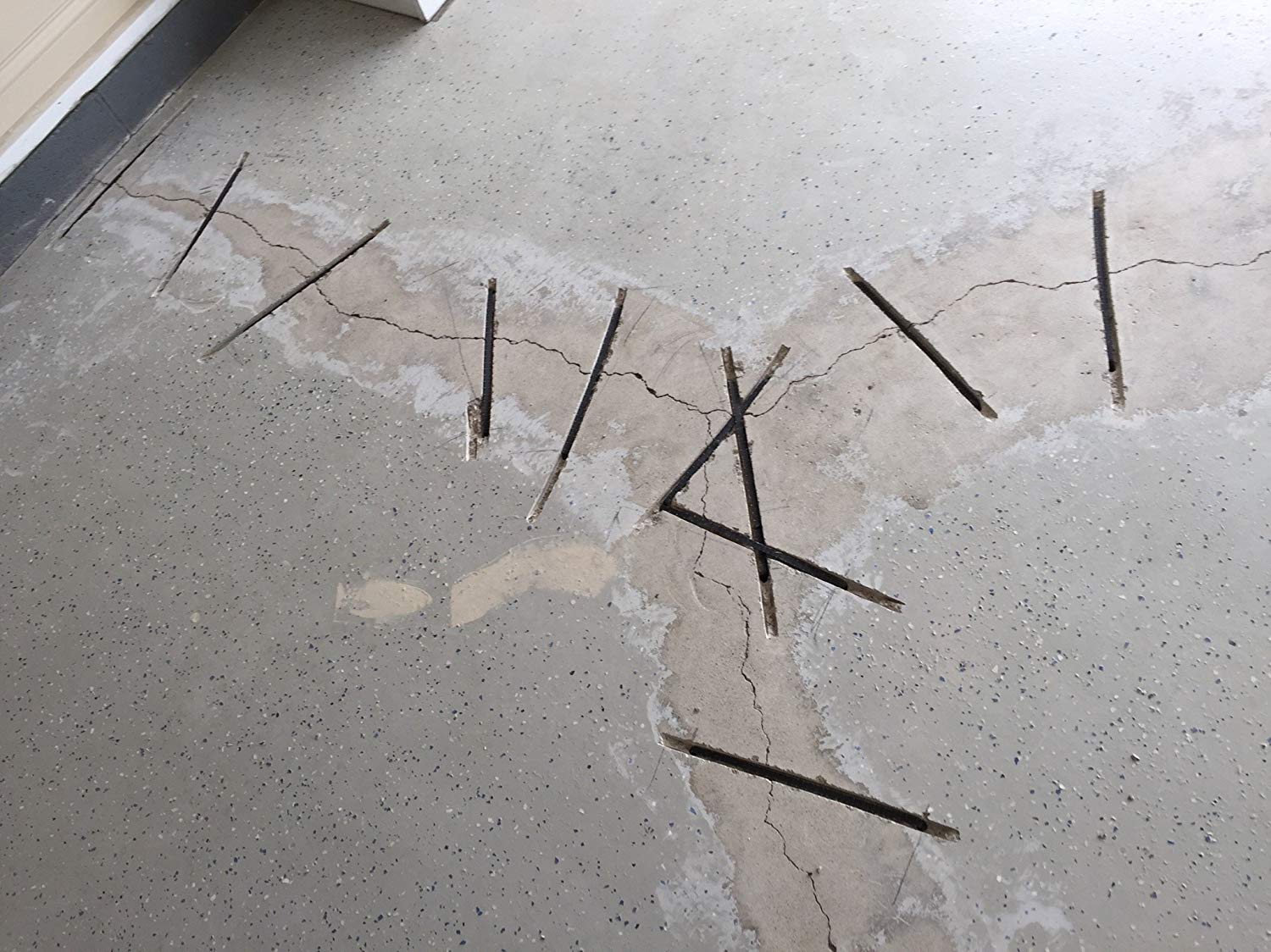Hi all, I have a patched area near the bottom of the pool. It extends down from the sidewall.
The patch started deteriorating and cracked around August. Since it's near the bottom, I went ahead and used EZ patch FS on the cracked area and around it. It held well for about a week before it re-cracked again.
I had thought it was the mixture level so I changed the ratio a little bit and reapplied. No dice. About a week or so later it re-cracked.
I switched to using some putty and went over the area and after a week or two, it again cracked and started leaking again.
So besides having to resurface the whole pool, what are the options I have in getting the patch to hold?
Should I drain and use the non-fast set?
I've had 4 companies come out and look at it and they've all said they wouldn't patch and would require a full resurfacing.

The patch started deteriorating and cracked around August. Since it's near the bottom, I went ahead and used EZ patch FS on the cracked area and around it. It held well for about a week before it re-cracked again.
I had thought it was the mixture level so I changed the ratio a little bit and reapplied. No dice. About a week or so later it re-cracked.
I switched to using some putty and went over the area and after a week or two, it again cracked and started leaking again.
So besides having to resurface the whole pool, what are the options I have in getting the patch to hold?
Should I drain and use the non-fast set?
I've had 4 companies come out and look at it and they've all said they wouldn't patch and would require a full resurfacing.

Last edited by a moderator:



